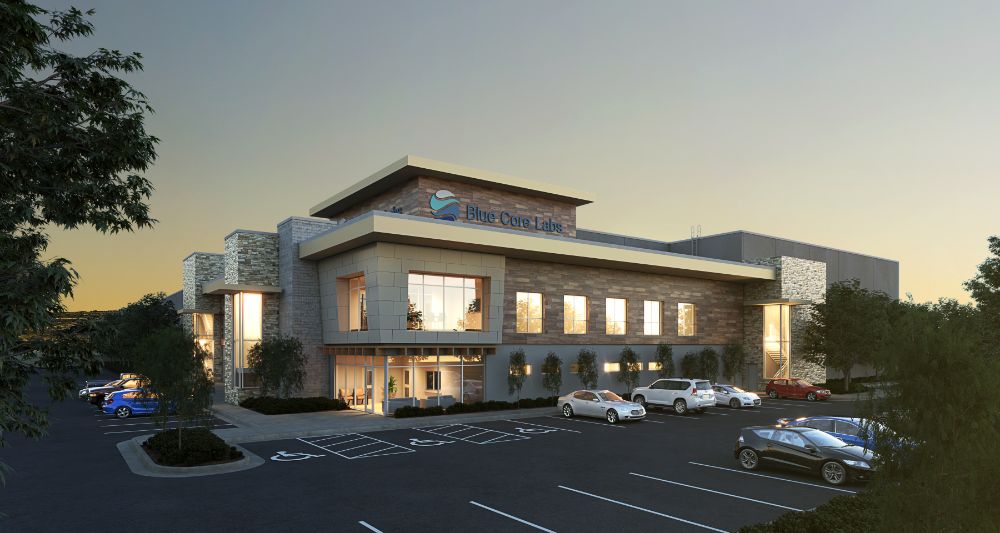The concept of a “sustainable community” is a living concept that changes with time and necessity. A sustainable community does not just describe just one type of neighborhood, town, city or region more specifically it is a way of thinking, a new way to live our lives so that the impact we make is one focused on the future instead of the present. Getting peoples mindsets to change from the “me and now” mindset to one that looks at the impacts on the environment and the resources we use and planning for future generations.
In an effort to start changing this “me and now” mindset, we have to start by examining the human activities that the environment can sustain and that the citizens of those sustainable communities want and can afford. In some cases these may be quite different from community to community. Rather than being a fixed thing, a sustainable community is continually adjusting to meet the social and economic needs of its residents while preserving the environment’s ability to support it.
A sustainable community uses, not squanders, its resources to meet current needs while ensuring that adequate resources are available for future generations.It takes into account what the environment can sustain and replenish and It seeks to provide a better quality of life for all its residents while maintaining nature’s ability to function over time by minimizing waste, preventing pollution, promoting efficiency and developing local resources to revitalize the local economy. Consciously making the decision to actively engage in a sustainable community stems from a commitment to a sustainable lifestyle and shared civic responsibility among the community members. A sustainable community resembles a living system in which human, natural and economic elements are interdependent and draw strength from each other.
One significant and often overlooked aspect of a sustainable community includes employment and economic opportunities for its members., with more sustainable patterns of commercial development, which must exist in economic sectors. Redesigned and improved sustainable infrastructure, knowledge-based services, environmental technologies, improved management and use of natural resources, and tourism are all rich areas for private sector investment, supportive government policies, and expanded training. Some of the most promising employment opportunities include:
- Upgrading the efficiency of energy use in buildings, products, and transportation systems
- Adopting and implementing sustainable forestry, fisheries, soil, and watershed management practices
- Expanded delivery and use of information technologies
- Sustainable tourism activities centred around areas of environmental, cultural, and historic significance
- Recycling and remanufacturing of solid and hazardous waste into marketable products
- Accelerated and expanded development of marine and freshwater aquaculture
- Adding value to fish, agricultural, and forest products
- Developing, manufacturing, and marketing products, services, and technologies that reduce environmental burdens
- Designing energy-efficient and people-friendly cities
Achieving sustainable community development means emphasizing sustainable employment and economic demand management (EDM). Sustainable employment includes, turning “wastes” into resources (e.g., recycling); improving efficiency with regard to energy and materials; converting to greater reliance on renewable energy sources; increasing community self-reliance (e.g., food and energy production); and sustainable management of natural resources (e.g., community forestry). EDM shifts economic development emphasis from the “me and now” mindset toward increasing sustainable growth and reducing social dependence on economic growth.

